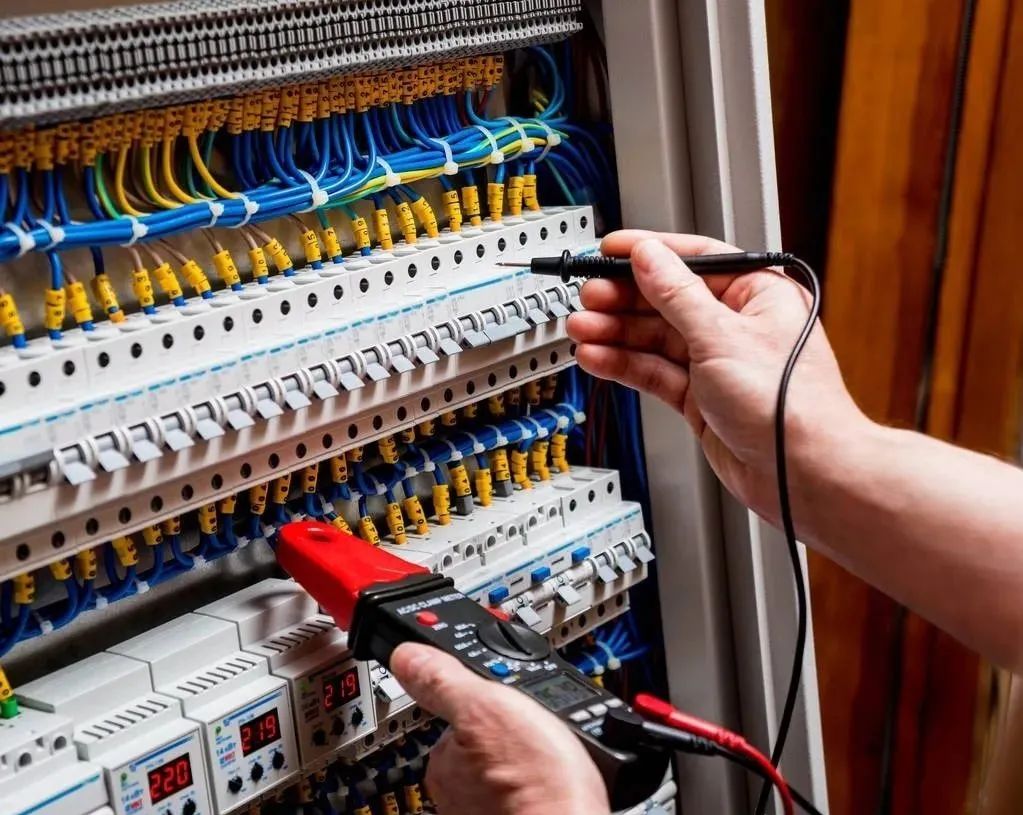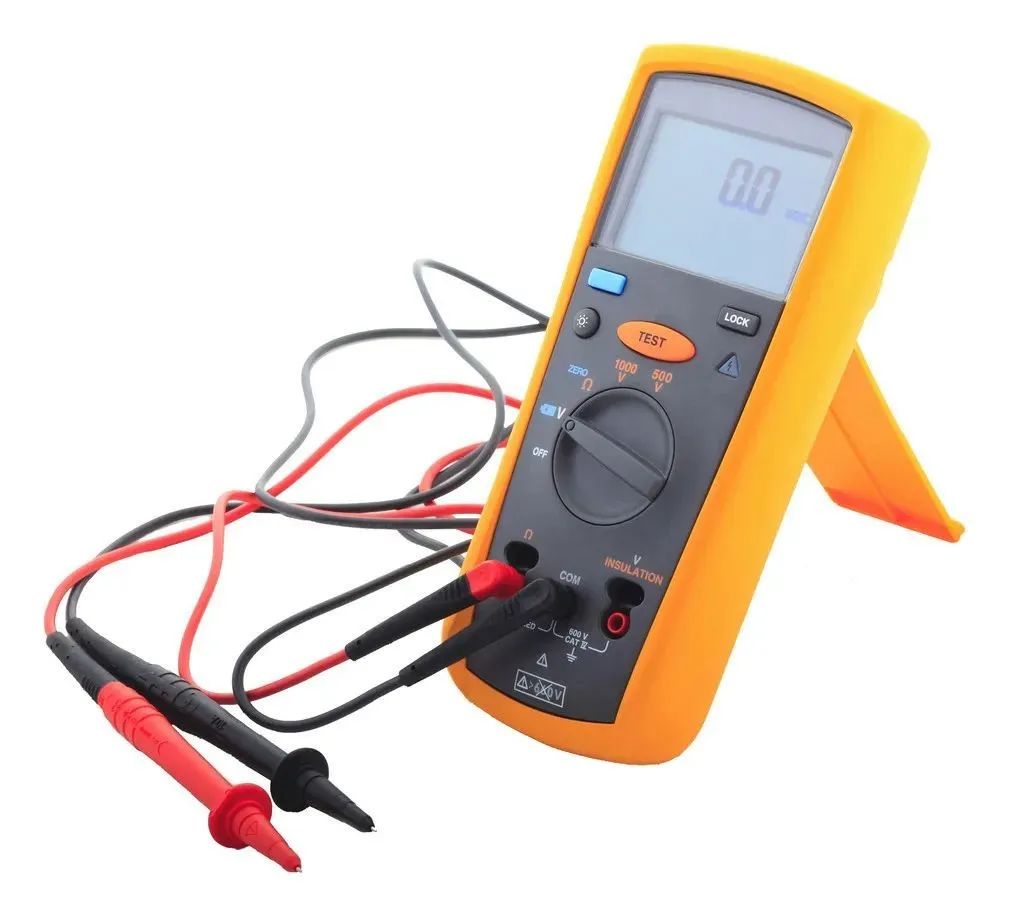
① A good habit when using a multimeter is to check the dial setting before each measurement. Developing this habit will greatly reduce the chance of burning out the meter.
② Choose a range that keeps the pointer indicating around two-thirds of the full scale for more accurate readings. If you do not know the size of the voltage or current being measured, select a higher range and then adjust based on the reading to ensure accuracy.
③ When measuring resistance, you must reset to zero after changing the range to ensure accurate readings. If you cannot adjust to zero, it indicates that the battery voltage in the meter is low and needs to be replaced.
④ When measuring resistance online, you should disconnect the power supply and check for any other components in parallel with the resistor being measured. If necessary, you can desolder one end of the resistor from the circuit before measuring. For circuits with electrolytic capacitors, ensure the capacitor is fully discharged before measuring.
⑤ When using a multimeter, develop the habit of not touching the metal parts of the probes to prevent electric shock. Additionally, touching the metal parts of the probes while measuring resistance will affect the readings.
⑥ When measuring DC voltage, connect the red probe to “+” and the black probe to “-” to prevent reverse polarity, which could damage the meter. If the polarity is unknown, first switch to a higher range and quickly touch the probe to the measurement point to observe the direction of the pointer’s movement to determine the correct polarity. Do not mistakenly use the mA range or resistance range to measure voltage, as this could damage the device.
⑦ When measuring current, never connect the probes across the power supply to avoid damaging the meter. Generally, multimeters can only measure DC current, not AC current.
⑧ After using the meter, set the range switch to the highest voltage setting. For multimeters with short or open circuit settings, place it in the appropriate position to prevent damage if someone else uses it without caution.

In daily work,many people make mistakes while using multimeters. Here are some common errors to check if you are making them too.
1. Using a cheap fuse to replace the original multimeter fuse. If your digital multimeter (DMM) complies with its electrical safety standards, the fuse should be a special safety fuse that disconnects quickly before severe overload occurs, ensuring the safety of the instrument and the user. When replacing the fuse in a digital multimeter, always use a fuse that meets safety regulations and is permitted for use.

2. Using a piece of metal wire or metal sheet to replace the multimeter fuse. This may seem like a quick fix when you can’t find a spare fuse, but such a fuse can pose serious safety risks.
3. Using inappropriate tools for the job. It is crucial to use a digital multimeter that is suitable for the tasks at hand. First, ensure that the digital multimeter (or other testing tools) has the correct CAT (electrical safety) rating for each testing situation, even if it means switching between different digital multimeters throughout the day; second, ensure that the maximum continuous operating voltage of the digital multimeter meets the actual testing requirements.
4. When measuring live circuits, always try to de-energize the circuit. If you must measure a live circuit, be sure to use the correct insulated tools, wear hearing protection, safety glasses, arc flash face shields, and insulated gloves, remove watches or other jewelry, stand on insulated mats, and wear flame-resistant work clothing (not regular work clothes).
5. Ignoring test leads. Test leads are an important aspect of ensuring the safety of the digital multimeter. Ensure that the test leads also have the appropriate CAT electrical safety rating for the work; and use test leads with double insulation (silicone material), protective input connectors, finger guards, and non-slip surfaces.
6. Using both hands simultaneously to perform tests is a big no! When measuring live circuits, remember a trick: keep one hand in your pocket. This makes it difficult to create a closed circuit that crosses the chest and heart. Try to suspend or lay down the multimeter rather than holding it in hand, which greatly reduces the risk of exposure to transient voltage. Of course, additional precautions should be taken to reduce hazards and arc flash risks during high-risk measurements. These additional precautions include using protective equipment as specified by national electrical regulations (such as protective gloves, protective clothing, and goggles) for arc protection.
